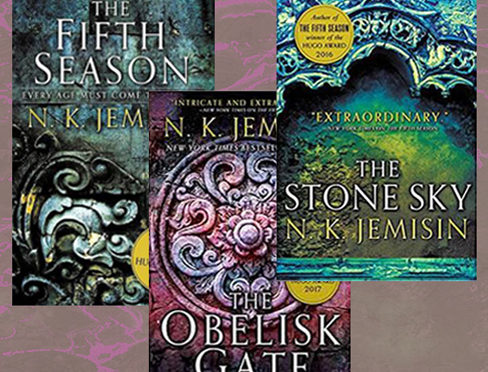Tag: The Stone Sky
-

The Broken Earth Trilogy —and why it should win a third straight Hugo for N. K. Jemisin
Reading each volume of The Broken Earth trilogy by N. K. Jemisin left me electrified. The first two books, The Fifth Season and The Obelisk Gate, won the past two annual Hugo awards for best novel—a rare occurrence. Her final book in the series, The Stone Sky, is up for…
